The Hydrotherapy Appliance Market is currently characterized by a dynamic competitive landscape, driven by increasing consumer awareness regarding health and wellness, alongside a growing demand for rehabilitation solutions. Key players such as HydroWorx (US), AquaMed (US), and TheraGun (US) are strategically positioning themselves through innovation and technological advancements. HydroWorx (US) focuses on integrating advanced hydrotherapy technologies into rehabilitation practices, while AquaMed (US) emphasizes the development of user-friendly appliances that cater to both professional and home use. TheraGun (US) is leveraging its expertise in percussive therapy to expand its product line into hydrotherapy, indicating a trend towards multifunctional devices. Collectively, these strategies not only enhance their market presence but also contribute to a competitive environment that prioritizes innovation and customer-centric solutions.
In terms of business tactics, companies are increasingly localizing manufacturing to reduce costs and improve supply chain efficiency. The Hydrotherapy Appliance Market appears moderately fragmented, with several players vying for market share. This fragmentation allows for diverse offerings, yet the influence of major players like HydroMassage (US) and Tensys (DE) is notable, as they continue to set benchmarks in product quality and technological integration. The collective actions of these key players shape a competitive structure that encourages continuous improvement and adaptation to market demands.
In August 2025, HydroMassage (US) announced the launch of a new line of hydrotherapy beds designed specifically for athletic recovery. This strategic move is significant as it targets a niche market of professional sports teams and fitness centers, potentially increasing their market share in the athletic sector. By focusing on the recovery needs of athletes, HydroMassage (US) not only diversifies its product offerings but also strengthens its brand positioning as a leader in specialized hydrotherapy solutions.
In September 2025, AquaMed (US) unveiled a partnership with a leading health technology firm to develop an integrated health monitoring system within their hydrotherapy appliances. This collaboration is indicative of a broader trend towards digital health solutions, suggesting that AquaMed (US) is keen on enhancing user experience through technology. The integration of health monitoring capabilities could provide users with valuable insights into their recovery processes, thereby increasing customer loyalty and satisfaction.
In October 2025, TheraGun (US) launched a new hydrotherapy device that combines percussive therapy with water-based treatments. This innovative approach reflects a growing trend towards multifunctional wellness devices, positioning TheraGun (US) at the forefront of the market. The strategic importance of this launch lies in its potential to attract a broader customer base, appealing to both fitness enthusiasts and rehabilitation patients, thus expanding their market reach.
As of October 2025, the Hydrotherapy Appliance Market is witnessing trends that emphasize digitalization, sustainability, and the integration of artificial intelligence. Strategic alliances are increasingly shaping the competitive landscape, as companies recognize the value of collaboration in enhancing product offerings and market reach. Looking ahead, competitive differentiation is likely to evolve from traditional price-based competition towards a focus on innovation, technological advancements, and supply chain reliability. This shift underscores the importance of adaptability and forward-thinking strategies in maintaining a competitive edge in the hydrotherapy appliance sector.



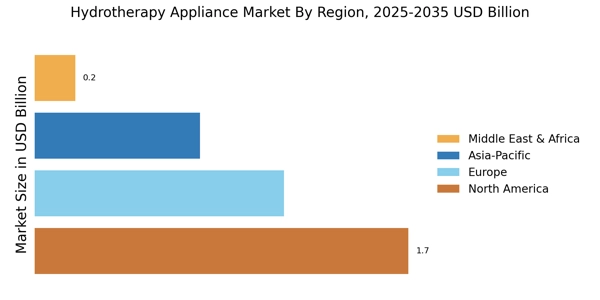
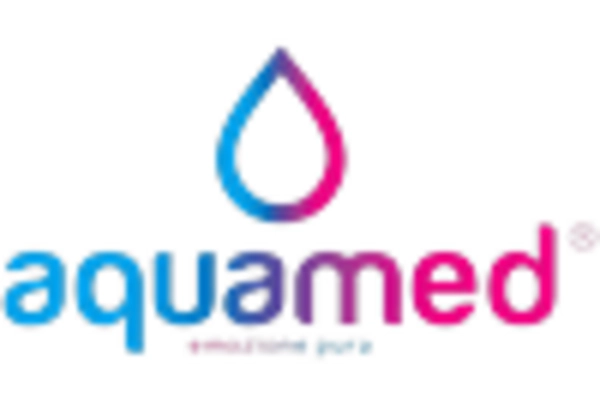

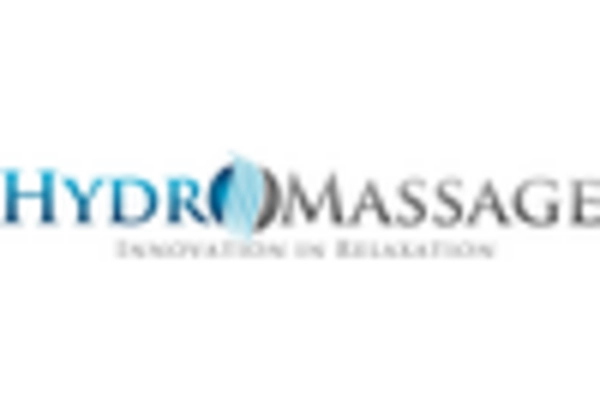
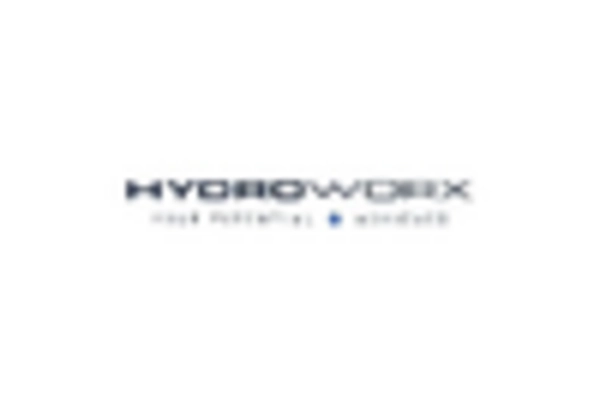
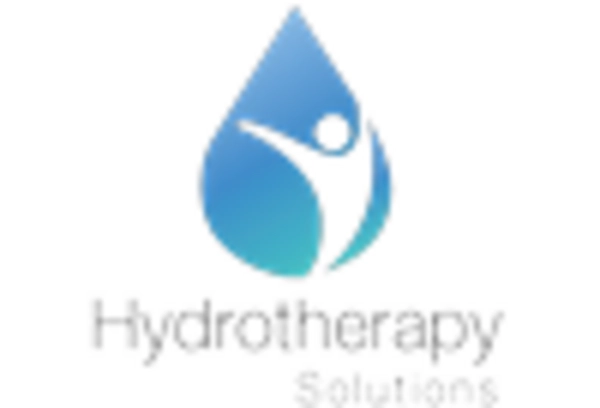









Leave a Comment